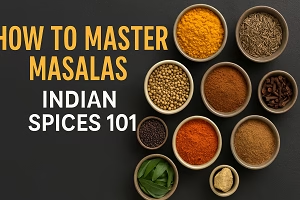Behind every flavorful Indian dish is a perfect blend of spices—called masalas. These vibrant, aromatic ingredients are the heart of Indian cooking. But if you're new to Indian cuisine, navigating through jars of turmeric, cumin, and garam masala can feel overwhelming. Fear not—this simple guide will help you understand, use, and master Indian spices like a pro!
🌿 What Are Masalas?
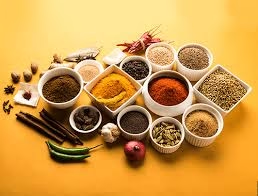
“Masala” is a Hindi word meaning “spice blend.” It can refer to a single spice or a mix used to season everything from curries to snacks. Some masalas are dry blends (like garam masala), while others are made into pastes (like ginger-garlic masala).
🧂 Essential Indian Spices & Their Uses
1. Turmeric (Haldi)
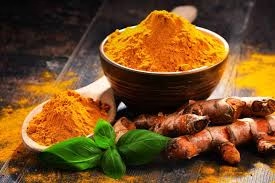
Flavor: Earthy, slightly bitter
Use: Adds color and anti-inflammatory benefits to curries, rice, and lentils.
2. Cumin Seeds (Jeera)
Flavor: Warm and nutty
Use: Used whole in tempering or ground in spice mixes. Common in dals and sabzis.

3. Coriander Powder (Dhaniya)

Flavor: Mild, citrusy
Use: A staple in curries, chutneys, and marinades.
4. Mustard Seeds (Rai)
Flavor: Pungent and nutty when toasted
Use: Essential for tempering South Indian dishes and pickles.
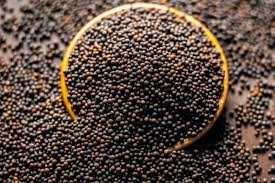
5. Red Chili Powder (Lal Mirch)
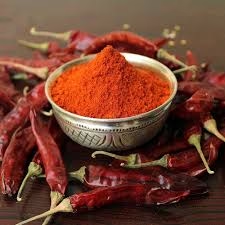
Flavor: Spicy to hot
Use: Used to add heat—use cautiously and choose your heat level.
6. Garam Masala
Flavor: Warm, complex, aromatic
Use: A blend of cinnamon, cardamom, cloves, and more. Added toward the end of cooking for aroma.
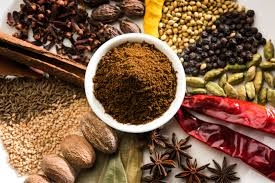
7. Asafoetida (Hing)

Flavor: Strong and umami-rich
Use: Used in tiny amounts, especially in lentil dishes and to aid digestion.
8. Fenugreek (Methi Seeds or Leaves)
Flavor: Slightly bitter, maple-like
Use: In pickles, curries, and spice mixes.
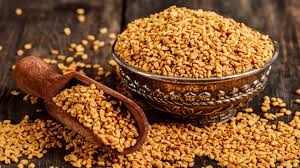
9. Curry Leaves
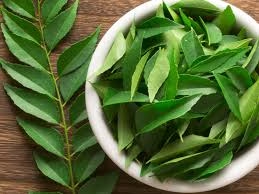
Flavor: Nutty, citrusy
Use: Used fresh in tempering for South Indian dishes.
10. Cloves, Cardamom, Cinnamon (Whole Spices)
Flavor: Aromatic, warming
Use: Often used in biryanis, pulaos, and rich gravies.

🥄 Tips to Master Masala Blending
- Dry Roast for Flavor Boost: Roasting whole spices before grinding enhances aroma.
- Grind Fresh: Invest in a spice grinder for fresher, more intense flavors.
- Balance is Key: Use stronger spices like cloves or chili sparingly.
- Store Properly: Keep spices in airtight containers away from light and moisture.
- Cook in Layers: Add whole spices during tempering, ground spices during sautéing, and finishing masalas like garam masala toward the end.
🧄 Popular Masala Mixes to Try at Home
- Garam Masala – All-purpose finishing blend
- Chaat Masala – Tangy and spicy, perfect for snacks and fruits
- Sambar Masala – South Indian lentil soup base
- Tandoori Masala – Ideal for grilling and roasting
- Pav Bhaji Masala – Signature Mumbai street food flavor
Conclusion
Mastering masalas is the gateway to authentic Indian cooking. Once you understand the roles of key spices and how to combine them, your kitchen will become a hub of irresistible aromas and unforgettable flavors. So go ahead—stock your spice rack and start your flavorful journey today!
Know More About Cooking
- How to Bake the Perfect Cake Every Time
- Eggless Dessert Recipes That Everyone Will Love
- Baking Basics for Beginners
- 5 Ingredient Recipes for Lazy Cooks
- Cooking Without Fire: No-Cook Recipes
- Leftover Makeover: Turning Leftovers into New Dishes

